Cats have long captivated humans with their mysterious and independent nature. While their vision and hearing are well-documented, the feline sense of smell is equally vital yet often overlooked. Understanding how cats use their olfactory skills can give us insight into their behavior and help us create environments that cater to their needs.
The Anatomy of the Cat’s Nose

A cat’s nose is a marvel of biological engineering. It is equipped with about 200 million odor-sensitive cells, compared to a human’s mere 5 million. These cells are distributed along the turbinates, a series of folded structures within the nasal cavity, which increase the surface area available for odor detection.
Jacobsen’s Organ and the Flehmen Response
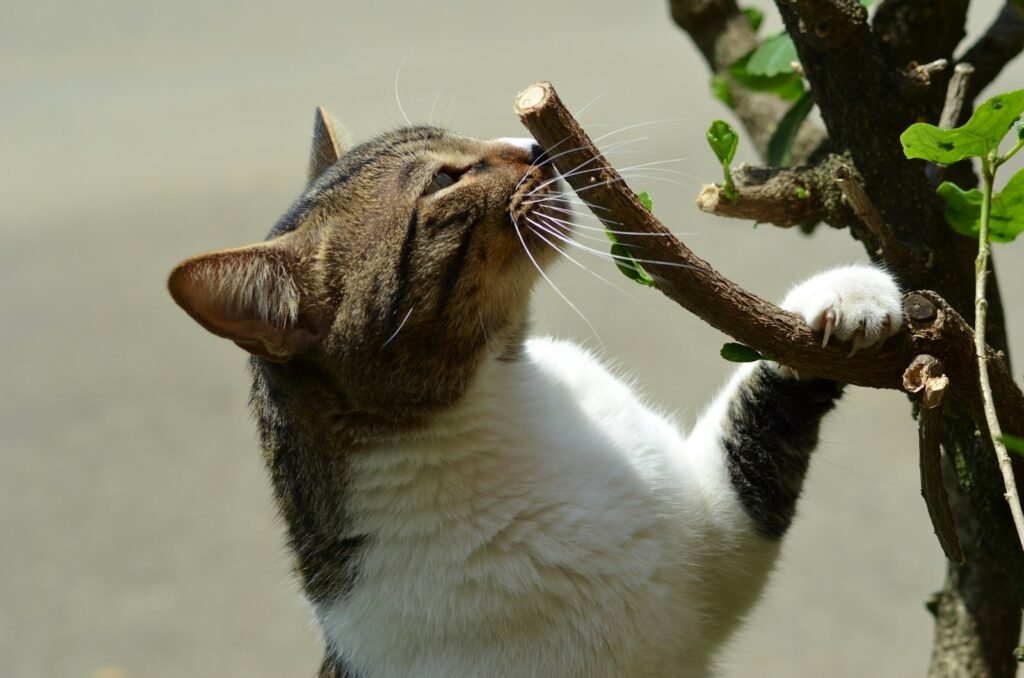
An additional structure, Jacobsen’s organ (or the vomeronasal organ), plays a critical role in a cat’s sense of smell. Located on the roof of the mouth, this organ helps analyze pheromones, substances that convey messages between animals. The Flehmen response, characterized by a curl of the upper lip, allows cats to draw scents toward this organ for detailed olfactory analysis.
The Role of Scent in Territory Marking
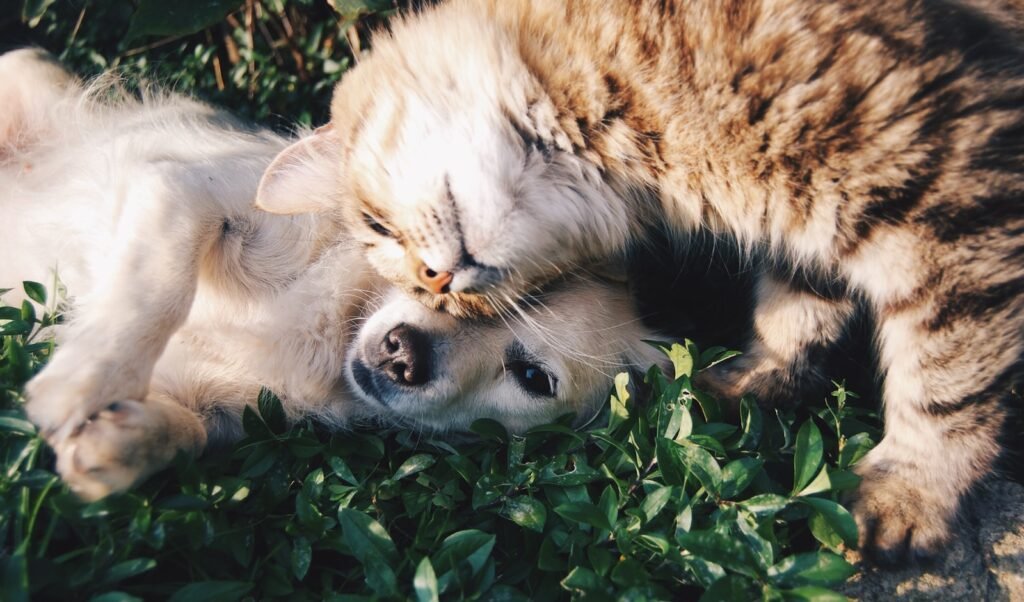
Cats use their sense of smell to establish and navigate their territory. By rubbing against objects, they transfer pheromones from glands located on their face and body. These scents are not just markers of ownership but also convey information about the cat’s health, mood, and reproductive status to other felines.
Scent Communication: Beyond Territorial Marking
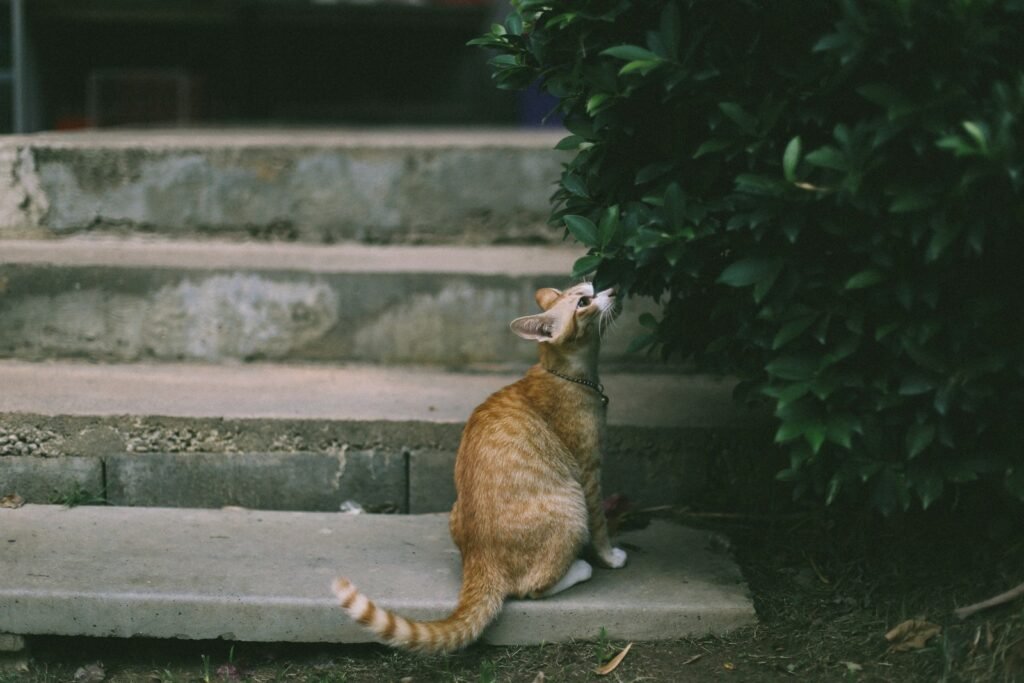
Scent plays a vital role in cat communication beyond marking territory. Through their highly developed olfactory system, cats can discern the age, gender, reproductive status, and even individual identity of other animals. This information helps cats decide how to interact with other felines, whether it’s ignoring, challenging, or courting them.
Navigation and Familiarization with the Environment

Cats use scent trails as invisible maps to navigate their surroundings. They may rely on familiar scents to find their way home or locate food. By memorizing the scent of particular paths, they can traverse complex environments confidently, even under low-light conditions where their sight is less reliable.
Olfactory-Mediated Hunting Strategies
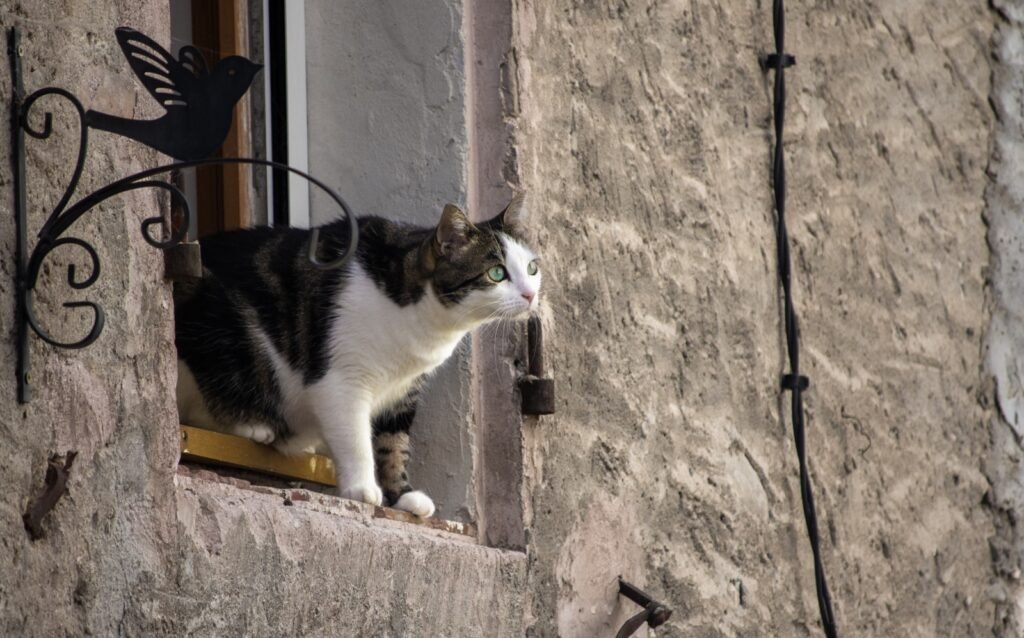
While eyesight and hearing are critical for stalking prey, the sense of smell enhances a cat’s hunting abilities. Cats can detect the scent marks of potential prey, helping them locate hidden or distant targets and even gauge the freshness of the trail to increase hunting success rates.
Sensitivity to Human and Household Scents
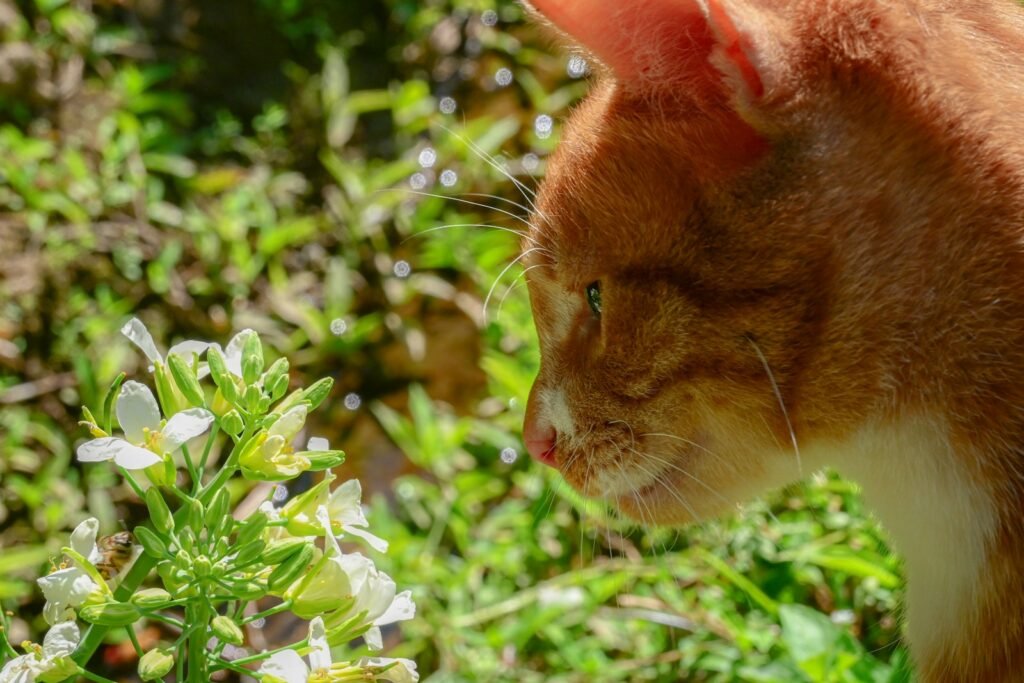
Cats are surprisingly adept at recognizing human scents and often use this ability to bond with their owners. They may sniff clothing, shoes, and other belongings to familiarize themselves with family members. Additionally, cats use scent to avoid or become comfortable with new household objects, which explains their curious behavior when new furniture or items are introduced.
Challenges of Environmental and Manufactured Scents
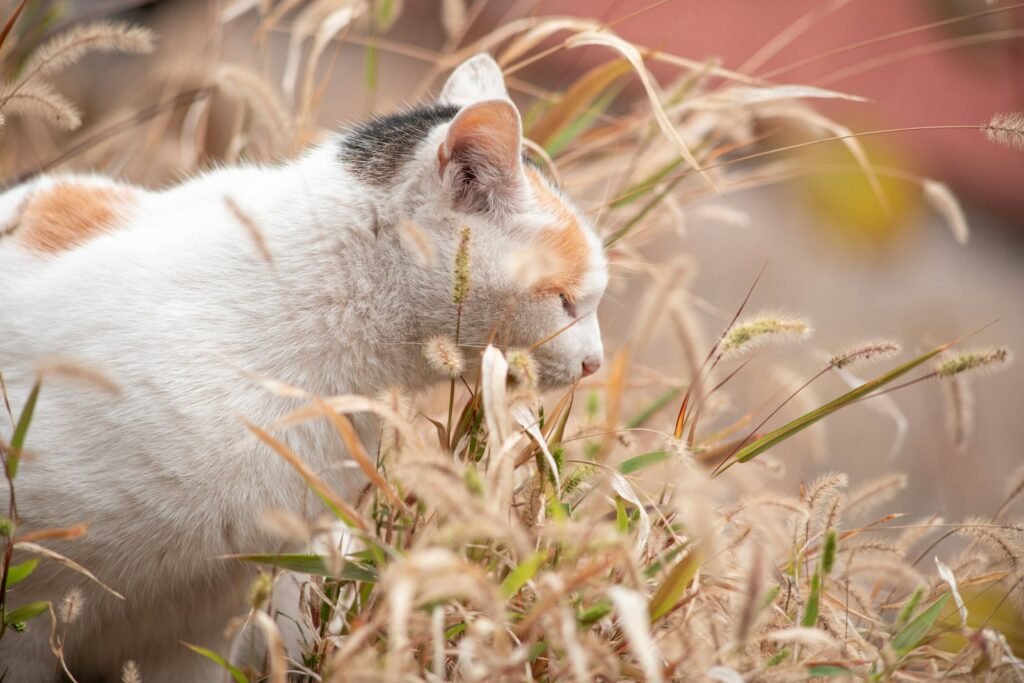
Certain manufactured scents and chemical odors can overwhelm a cat’s sensitive nose, leading to stress and anxiety. Aromas from cleaning products, air fresheners, and even some types of litter can be disruptive. Awareness of these potential irritants is important for reducing stress and promoting well-being in domestic cats.
Conclusion: Nurturing the Feline Sense of Smell
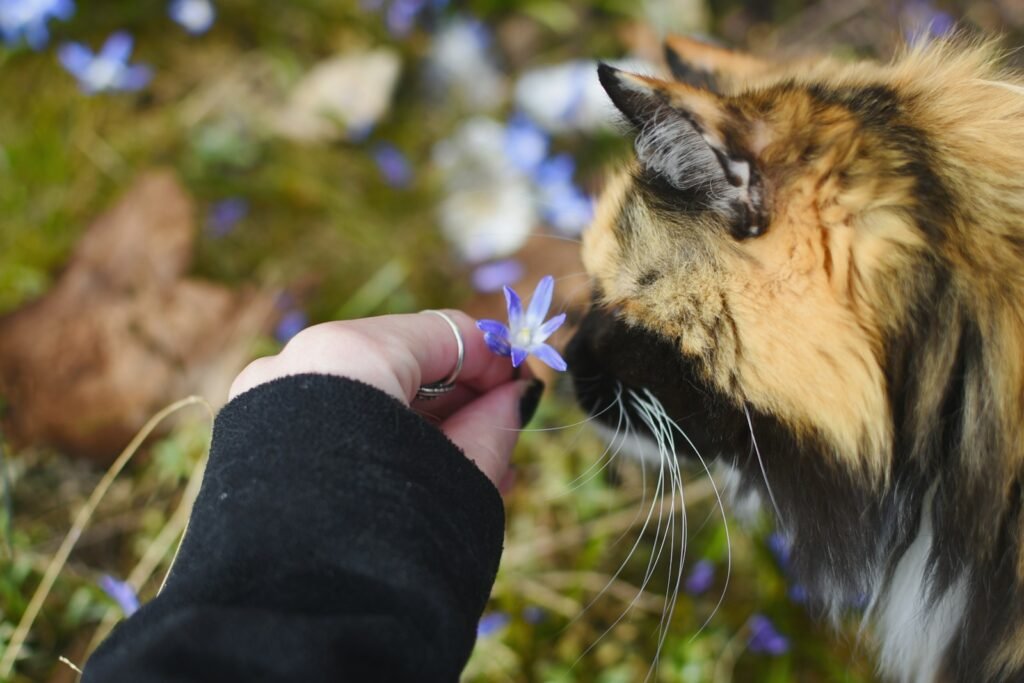
Recognizing the central role that scent plays in a cat’s life is crucial for improving our relationship with them. By creating scent-friendly environments and respecting their olfactory sensitivities, pet owners can ensure their cats lead enriched, contented lives. Ultimately, understanding the feline sense of smell unlocks deeper appreciation and care for these enigmatic companions.
Hi, I’m Bola, a passionate writer and creative strategist with a knack for crafting compelling content that educates, inspires, and connects. Over the years, I’ve honed my skills across various writing fields, including content creation, copywriting, online course development, and video scriptwriting.
When I’m not at my desk, you’ll find me exploring new ideas, reading books, or brainstorming creative ways to solve challenges. I believe that words have the power to transform, and I’m here to help you leverage that power for success.
Thanks for stopping by, Keep coming to this website to checkout new articles form me. You’d always love it!






